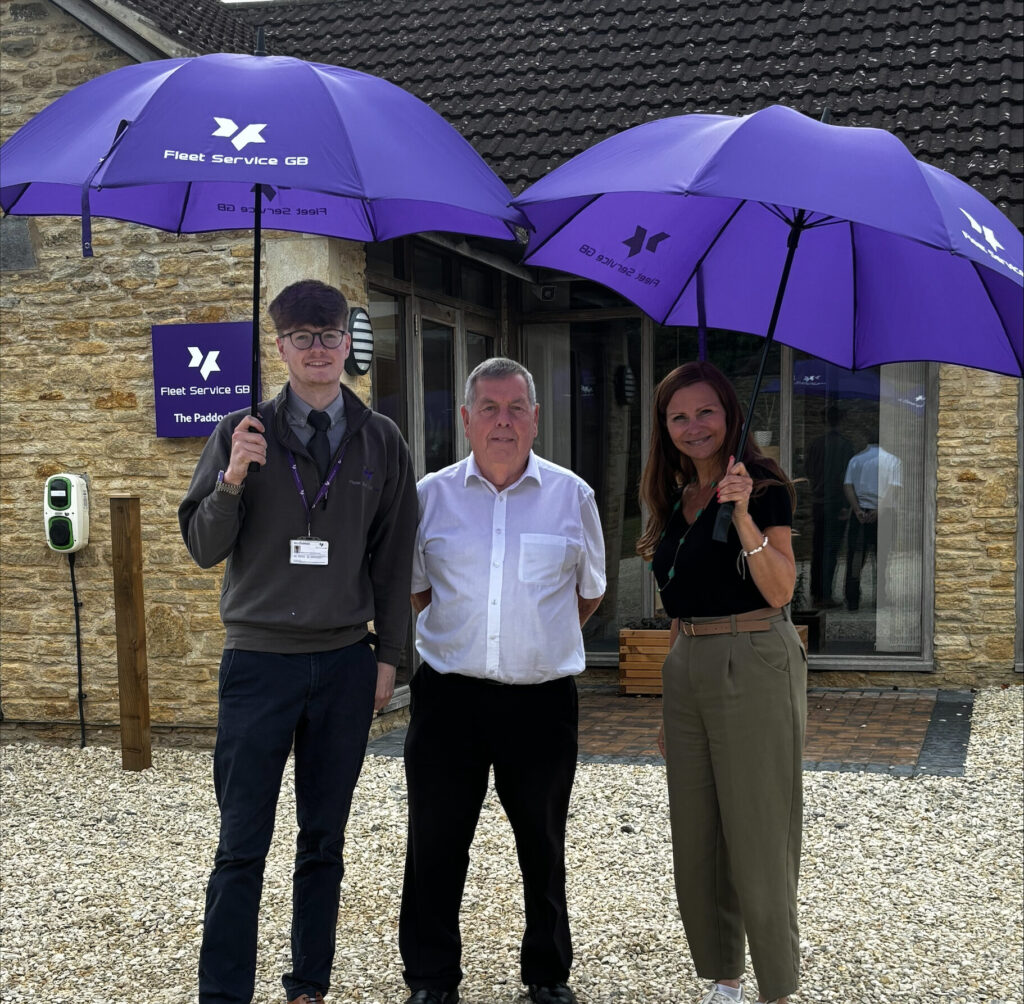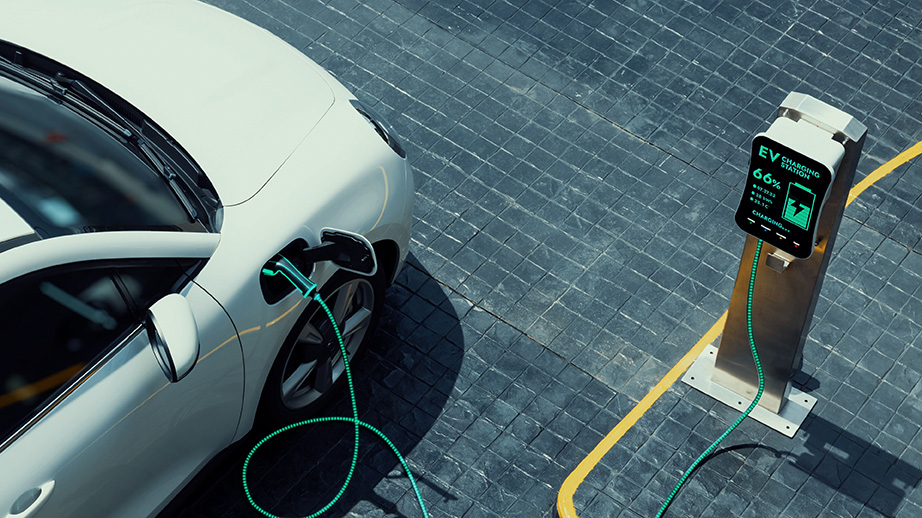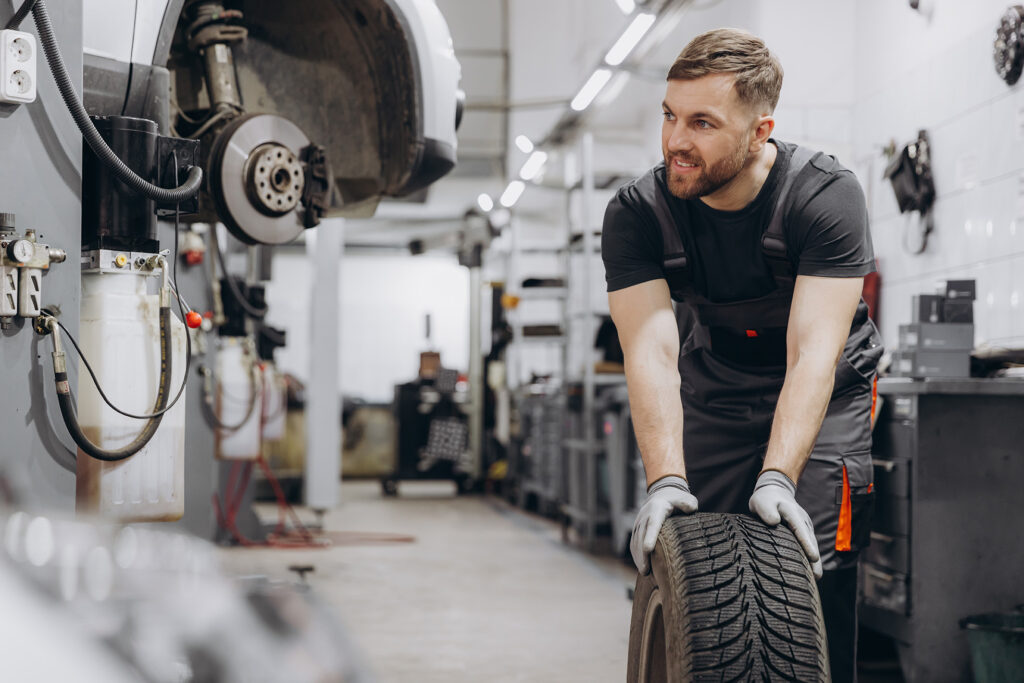Last Thursday, I was allocated a driver training day via Fleet Service GB. My first thoughts were that it sounded like a great thing to do, however as the date approached, I became increasingly nervous about it. I was questioning why and I felt like I was about to be tested. I also felt that under close scrutiny I was sure to make more mistakes and I even began questioning my driving ability for the first time in years.
I learned to drive in 1996 and the world was rather a different place. There was no theory test and after a handful of lessons in a rather tired Peugeot 106, with a very grumpy and seemingly tired (even more than the car) instructor, I took my test and passed first time.
I passed, despite the fact that the examiner asked me just two questions about the highway code, one of which I got wrong.
However, never let it be said that we Generation ‘X’ers are timid. I took a deep breath, gave the car a much needed hoover, topped up the washer fluid (I knew he would ask about that!) and headed in to work.
David, our instructor put my mind at ease, almost at once. Down to earth and realistic, he made it very clear that this was not a test and that all he hoped to do with give us some practical tips surrounding fuel efficiency and safety.
David showed a brief presentation which detailed the reasons behind the training and also delved into wellbeing elements such as sleep, hydration, nutrition and stress management. All of which contribute to focus and concentration in the driving seat.
And so to the car …
First, we did a vehicle inspection, some quick but important checks which seem obvious but I’d wager, most of us don’t do them often enough. I found the F.L.O.W.E.R analogy helpful:
F – Fuel
Ensure that you have enough fuel for your journey and be aware of your vehicle’s fuel type to avoid refuelling mistakes.
L – Lights
Check all lights, including headlights, taillights, indicators, and brake lights, to make sure they are working properly for visibility and safety.
O – Oil
Check the engine oil level using the dipstick and top it up if necessary. Running the vehicle with low oil can cause serious engine damage.
W – Water
Check the water or coolant level in the radiator, as well as the washer fluid, to ensure proper cooling of the engine and visibility during driving.
E – Electrics
Check the battery, electrical systems, and dashboard warnings. Ensure the vehicle starts smoothly, and check the horn, wipers, and other electronic systems.
R – Rubber
Inspect the tyres for proper inflation and tread depth, and check for any visible damage.
My car was pretty well prepped but I was interested that David could tell I’d been running the left side rear tyre with low pressure for some time (despite the computer warnings). He explained that the tread was more worn on the edge of the tyre.
Once in the car David was extremely good at making me relax – at one point telling me to relax my hands as my tension was obvious! We drove around for quite some time on a mixture of roads, including a motorway, a dual carriageway, a built-up area and some country lanes. Amidst chatting casually, David very artfully made suggestions as we went which I felt very useful.
Here are some key take aways from that experience:
- Gear Shifting: I practiced shifting gears at lower RPMs, which was new to me. This not only helps conserve fuel but also prevents unnecessary strain on the engine.
- Speed Awareness: Maintaining a steady speed, especially within the 50-70 km/h range, where most vehicles are at their peak efficiency, proved to be highly effective.
- Anticipating Traffic: By looking ahead and anticipating traffic conditions, I found that I could reduce the need for sudden stops and starts, making my driving smoother and more economical.
As part of that process, we did a fuel saving exercise. We set a 3 mile route and measured the MPG. I drove the route twice, first before David’s tips and second, afterwards. There was a clear fuel saving and I was delighted.
A few days later I received a full report from the team at FSGB and I was delighted to see that there were some real positives. Nothing was critical or in any way damning, even where I’d made mistakes or where I know I have picked up bad habits. I’d be happy for the contents to be shared with my employer (and even my dad who is my worst and best critic!).
In summary, the driver training day was really enjoyable and extremely eye-opening, reinforcing that small changes in driving habits can lead to significant fuel savings and improved safety. By applying these tips, I’m confident I’ll not only save money but also reduce my carbon footprint. The training has changed how I think about driving, making me more mindful of how my actions behind the wheel can affect my safety, my wallet and the environment.
Polly Hill.
Fiero.



